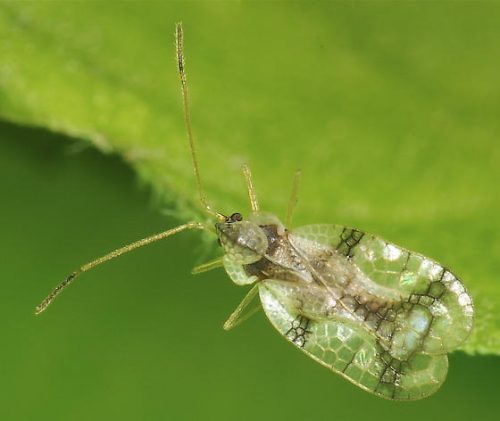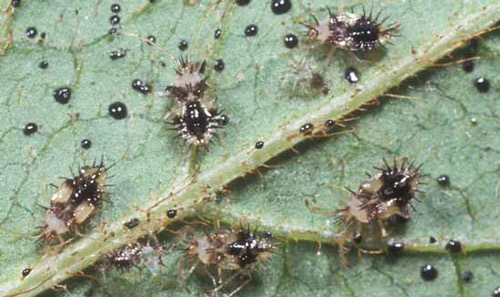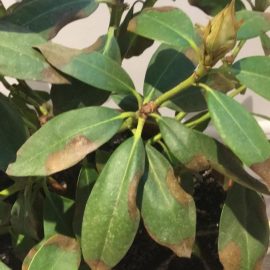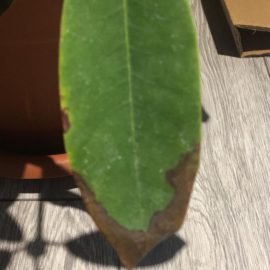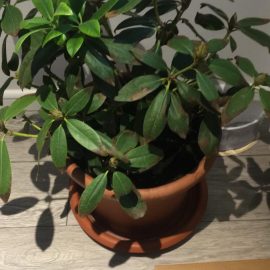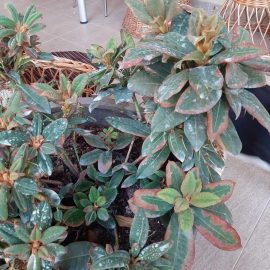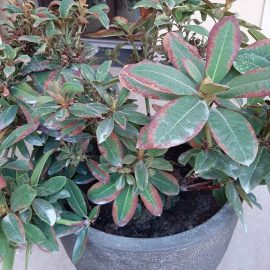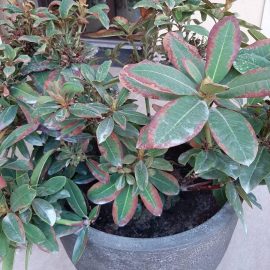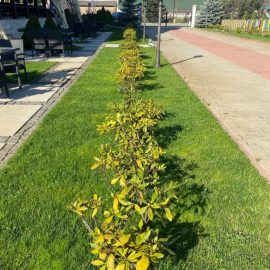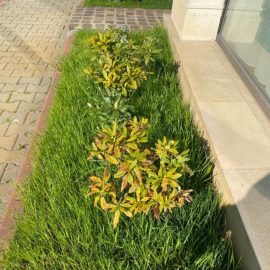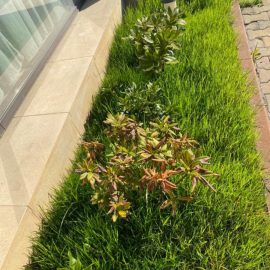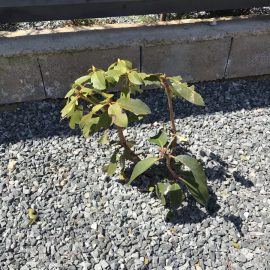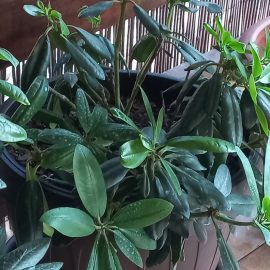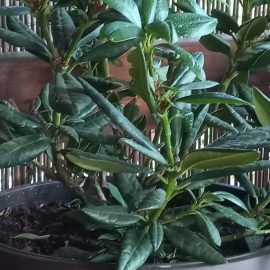Azalea lace bug (Stephanitis pyrioides) – pest management
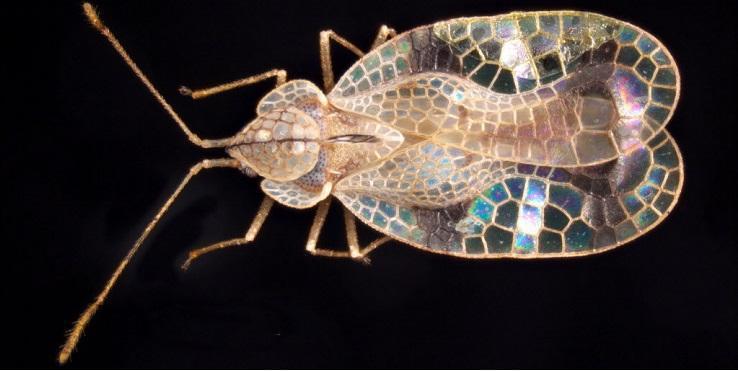
The azalea lace bug, Stephanitis pyrioides, is a species native to Japan, which has spread to many countries through host plants. Given that the lace beetle is specific to azaleas and rhododendrons, it is possible that it was brought to other countries with the import of ornamental plants. Stephanitis pyrioides is part of the Tingidae family, comprising over 100 similar species. The most common species are those that attack ornamental trees and shrubs. Usually, a species of this pest attacks a single plant species or similar species. Stephanitis pyrioides attacks azalea plants and S. rhododendri attacks Rhododendron plants.
Description. The adults are small (2-5 mm), oval in shape, flat in appearance and have large wings that exceed the size of the body. Their color is cream, with black or brown spots. The nymphs are darker than the adults and have spikes. To become adults, nymphs go through 5 stages of development. The eggs are dark in color and are partially introduced by the females into the main vein of the leaves.
Biology. Azalea lace bug overwinters in the egg stage, being introduced into the main vein of the leaves in autumn. It can also overwinter in the adult stage, under bark, or fallen leaves on the ground. The eggs hatch in April-May and the nymphs feed on the underside of the leaves. A complete cycle, from egg to adult, can last from 12 to 30 days in optimal conditions, so the pest can produce 2-4 generations per year. Thus, during the growing season of the plants, insects can be found in all stages of development.
Damage. Adults and nymphs feed on the intracellular fluid on the underside of the leaves and after the stings, fading spots can be seen on the top. The symptoms of the attack are similar to those caused by mites but, at a closer look, the chlorotic points are bigger than those of mites. In addition, black excrement is not present in the case of mites.
Following the attack, the vigor of the plants is reduced and the leaves may drop prematurely. Adults, nymphs, and their black excrement can be seen on the underside of the leaves. Insects attack especially plants placed in sunnier areas.
Pest management. Plants have to be monitored starting with spring, especially deciduous shrubs with evergreen leaves. Starting in mid-May, systemic insecticides have to be applied to prevent the attack. The application of insecticide solutions is carried out, especially on the underside of the leaves. The treatments must be repeated every 10-14 days.
Broad-spectrum insecticides can be used.
Recommended products
-
You can find products on a different store
Change Store -
You can find products on a different store
Change Store -
You can find products on a different store
Change Store -
You can find products on a different store
Change Store -
You can find products on a different store
Change Store -
You can find products on a different store
Change Store -
You can find products on a different store
Change Store -
You can find products on a different store
Change Store -
You can find products on a different store
Change Store -
You can find products on a different store
Change Store -
You can find products on a different store
Change Store -
You can find products on a different store
Change Store -
You can find products on a different store
Change Store -
You can find products on a different store
Change Store -
You can find products on a different store
Change Store -
You can find products on a different store
Change Store -
You can find products on a different store
Change Store -
You can find products on a different store
Change Store -
You can find products on a different store
Change Store -
You can find products on a different store
Change Store -
You can find products on a different store
Change Store -
You can find products on a different store
Change Store -
You can find products on a different store
Change Store -
You can find products on a different store
Change Store














































































































































































































































































































































































































































